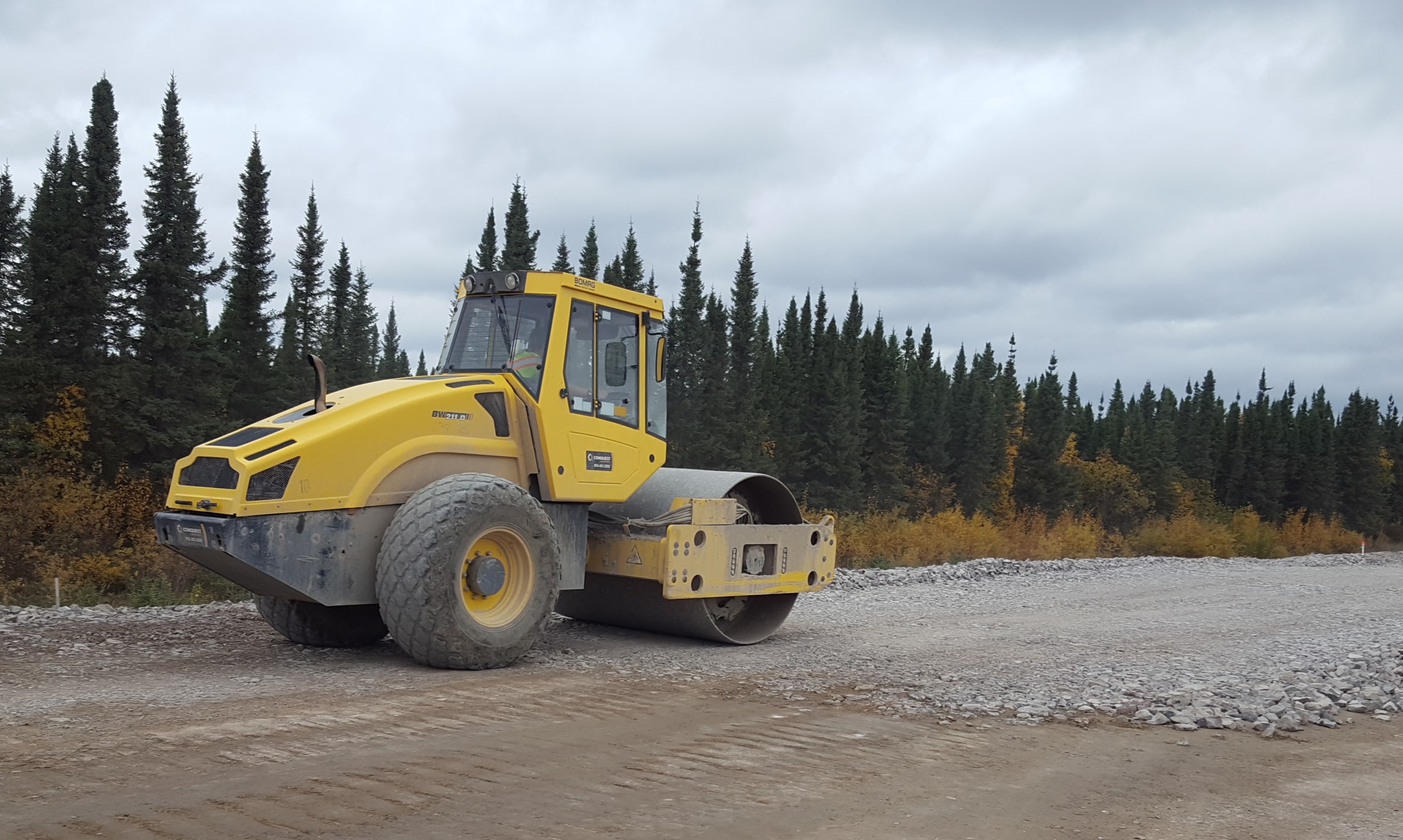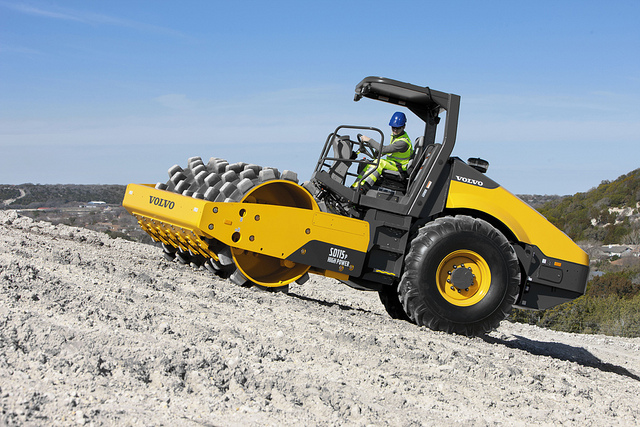
Soil compaction is an essential part of the construction process.
It provides the necessary flat base which provides the crucial support for buildings, construction foundations, pavements, roads and various other construction structures.
The process of compaction gives the soil underneath these supports higher resistance and greater stability. It is important to know why it takes careful attention and why many considerations are involved to do it properly.
Most man-made structures are somehow supported by the soil underneath them. During the construction process, the soil is often disturbed by different construction processes, such as excavating, grading or trenching.
As a result, air and/or water is introduced to the soil mass and the soil increases in volume. To allow for construction of a structure, these air voids and water particles must be removed in order to be able to support what is being built.
Objectives of Soil Compaction
Compaction of the soil and removing air voids generally increases the soil’s sheer strength, decreases its compressibility, and decreases its permeability. It will reduce the voids ratio making it more difficult for water to flow through soil.
We conclude that there are several objectives to soil compaction:
• Increase bearing capacity
• Increase durability
• Increase resistance to deformation
• Decrease frost damage
• Increase stability
• Decrease permeability
Soil can be cohesive or non-cohesive, where particles in cohesive soil bond one to another, while in non-cohesive soils, particles lie one on top of the other without bonding.
Regardless of the soil type, failure to remove the air between soil particles before building any construction structure can later cause unexpected and unwanted movement of the soil and penetration or absorption of water beneath the buildings or roads.
In this case, the walls of the buildings will begin to crack very easily and perhaps even fall down, pipes beneath the roads will crack or leak, holes will emerge on the roads and they will become insecure.
To successfully compact soil and avoid major problems in the future, quality compaction equipment is needed.

Types of Soil Compaction Equipment
Soil compaction equipment can include:
• Padfoot / sheepsfoot compactors
• Smooth drum rollers
• Vibratory rollers
• Wobbly rollers
• Tow behind compactors
• Pneumatic tire compactors
• Trench rollers
• Reversible plate compactors
• Forward plate compactors
• Rammers (jumping jacks)
Brands include:
• Bomag
• Volvo
• CAT
• Case
• Hamm
• Ingersoll-Rand
• Weber
The compaction of the soil is provided by the combined action and force of the vibrating and oscillating roller drum, and the weight of the compaction machine which is used. Many options are available when it comes to choosing the right compaction equipment.
How To Select Your Soil Compaction Equipment
The selection of the equipment greatly depends on the characteristics and properties of the soil that needs to be compacted and also on the amount of the material or soil that needs to be compacted.
Typically, cohesive soils are best compacted using compactors with padfoot compactors and high amplitudes, while non-cohesive soils are more effectively compacted with vibratory smooth drum rollers and lower amplitudes. For base compaction on roads, often tow behind wobbly pneumatic-tired rollers are used.
The dynamic compaction of the soil using different types of compaction machines has proven to be very efficient and effective method in construction.
Soil compaction is an important and significant process for any construction project and requires special attention and quality compaction equipment to achieve satisfactory results. If done successfully compaction can add years of life to the structures or roads the soil supports.
To rent or buy compaction equipment for your project, email us at [email protected] or phone 855-483-2500.
